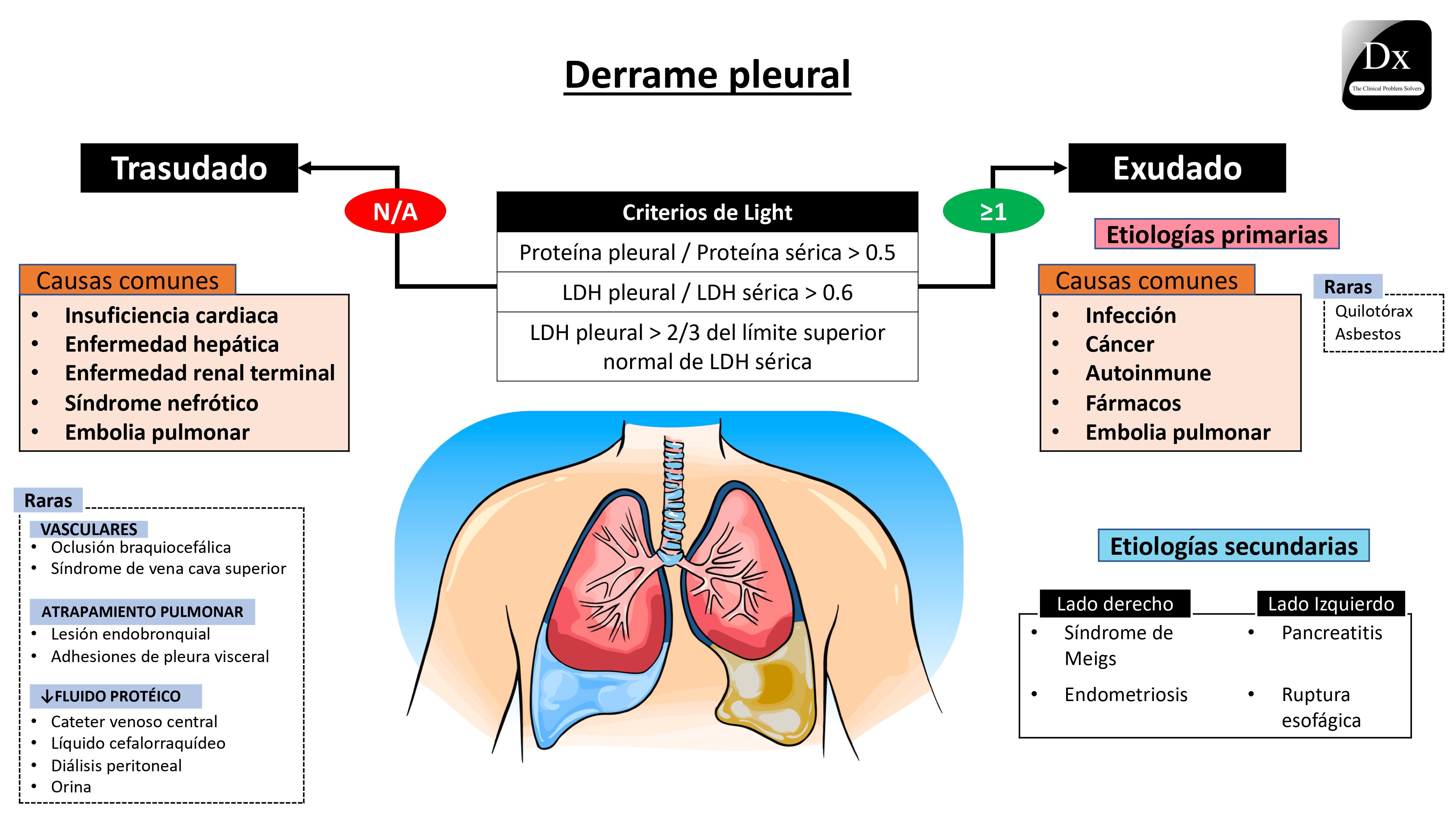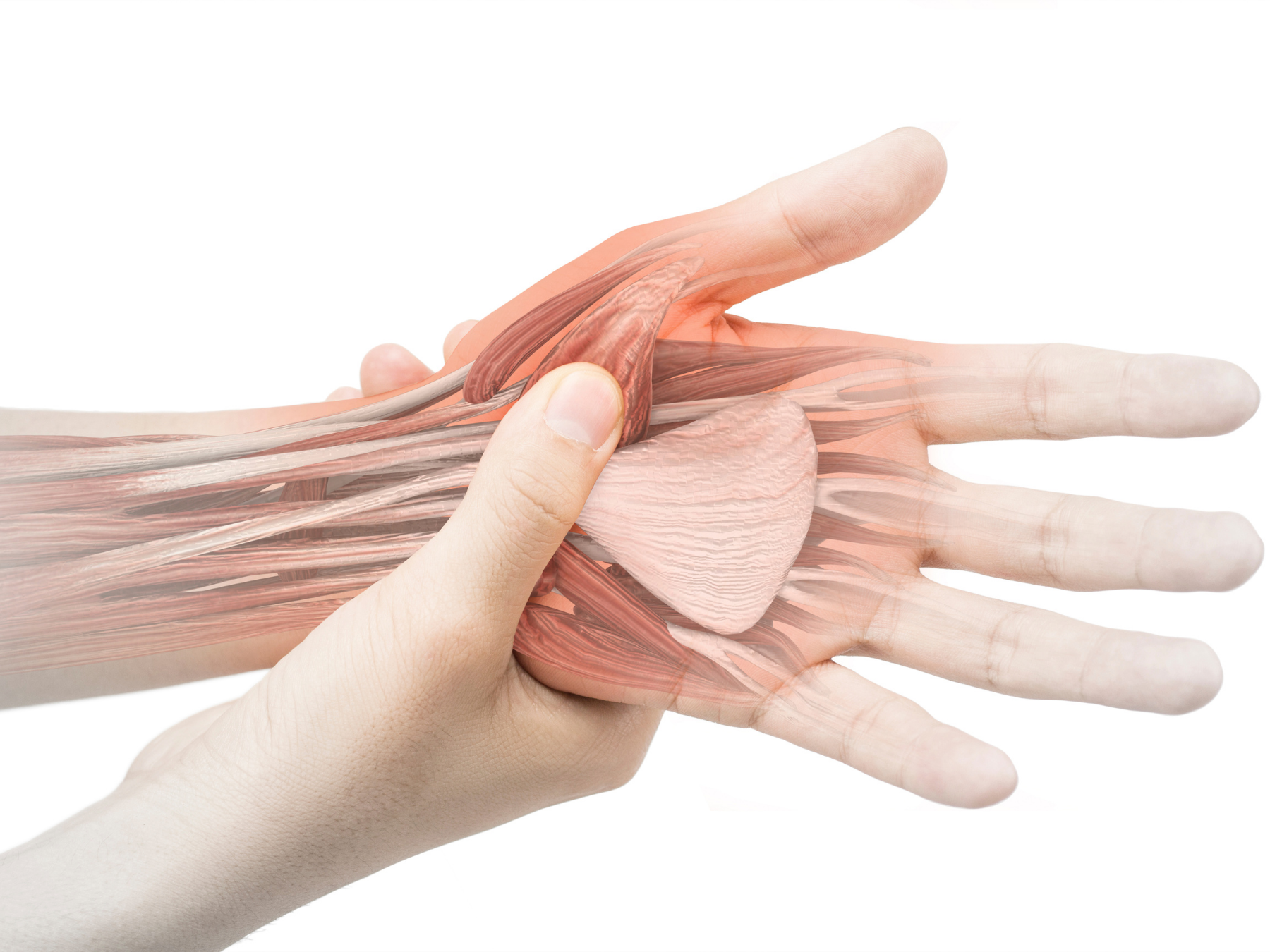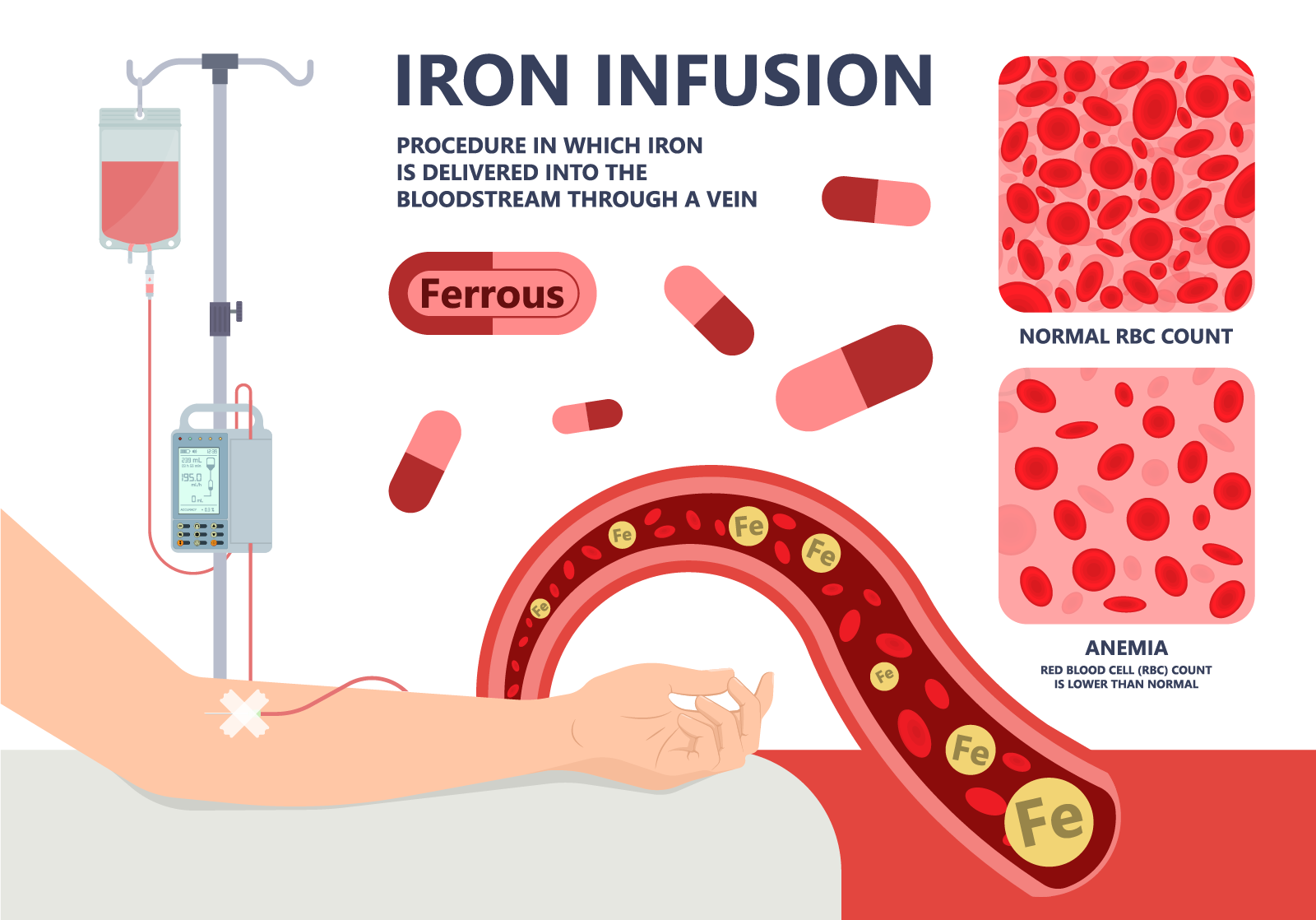Pinhole Gum Grafting

Pinhole gum grafting, also known as pinhole surgical technique (PST), is a revolutionary, minimally invasive procedure designed to treat gum recession. This innovative approach has gained significant attention in the dental community due to its effectiveness in addressing a common issue that affects a substantial number of people worldwide. Gum recession, characterized by the exposure of the roots of teeth due to the shrinkage of the gum tissue, can lead to increased sensitivity, aesthetic concerns, and potentially more severe complications such as tooth loss if left untreated. The pinhole gum grafting technique offers a promising solution with its unique method of correcting gum recession without the need for traditional grafting methods.
Understanding Gum Recession
Before diving into the specifics of pinhole gum grafting, it’s essential to understand the nature of gum recession. This condition can result from a variety of factors including poor oral hygiene, genetic predisposition, aggressive brushing, and periodontal disease. As the gum tissue pulls back, it exposes more of the tooth and its root, leading to potential issues with sensitivity and the overall health of the tooth. Traditional treatments for gum recession often involve surgical procedures where tissue is taken from another part of the mouth and grafted onto the affected area, a process that can be painful and involves a lengthy recovery period.
The Pinhole Surgical Technique
The pinhole surgical technique is a groundbreaking approach that eliminates the need for invasive grafting. Developed by Dr. John Chao, this method utilizes a small pinhole in the gum tissue through which a specially designed instrument is inserted to loosen and then gently move the gum tissue over the exposed root. This procedure is typically performed under local anesthesia to minimize discomfort and can often be completed in a single visit, depending on the extent of the gum recession and the number of teeth involved.
One of the key advantages of the pinhole technique is its minimally invasive nature. By avoiding the need to harvest tissue from another site in the mouth, it significantly reduces post-operative pain and swelling. Patients often report a much quicker recovery compared to traditional gum grafting procedures, with many able to return to their normal activities almost immediately. Additionally, the aesthetic results are often very pleasing, as the procedure allows for the gum line to be reset to a more natural and appealing position without the need for sutures.
Benefits of Pinhole Gum Grafting
The benefits of pinhole gum grafting are numerous, making it an attractive option for those suffering from gum recession. Some of the key advantages include:
- Minimally Invasive: The procedure involves making a small pinhole, rather than incisions, which reduces trauma to the gum tissue and leads to less discomfort during and after the procedure.
- Quick Recovery: Patients typically experience a fast recovery, with minimal downtime. This is a significant advantage over traditional grafting methods, which can require several days or even weeks to fully heal.
- No Grafting Required: The pinhole technique eliminates the need to take tissue from another part of the mouth, reducing the risk of complications and discomfort at the donor site.
- Aesthetically Pleasing Results: The procedure allows for natural-looking results, improving the appearance of the gum line and boosting the patient’s confidence in their smile.
- Multiple Teeth Can Be Treated: In many cases, multiple teeth can be treated in a single session, making the procedure highly efficient.
The Procedure Explained
To better understand the pinhole gum grafting procedure, it’s helpful to break down the steps involved:
- Preparation: The area is cleaned and prepared, and local anesthesia is administered to ensure the patient’s comfort during the procedure.
- Pinhole Creation: A small pinhole is made in the gum tissue above the tooth with recession.
- Instrument Insertion: A specially designed instrument is inserted through the pinhole to gently loosen the gum tissue.
- Gum Repositioning: The loosened gum tissue is then gently moved over the exposed root, covering it entirely.
- Collagen Stabilization: In some cases, collagen strips may be placed through the pinhole to help stabilize the gum tissue in its new position.
Post-Operative Care
After the procedure, patients are given specific instructions to ensure a smooth and uncomplicated recovery. This may include:
- Pain Management: Patients may be prescribed pain medication or recommended over-the-counter options to manage any post-operative discomfort.
- Dietary Restrictions: A soft diet is often recommended for a few days to avoid putting too much stress on the treated area.
- Oral Hygiene: Gentle oral hygiene practices are essential to prevent infection and promote healing. Patients are advised on how to clean the treated area without causing damage.
- Follow-Up: Follow-up appointments are scheduled to monitor the healing progress and remove any temporary stabilizing bands if used.
Conclusion
Pinhole gum grafting represents a significant advancement in the treatment of gum recession. Its minimally invasive nature, coupled with the potential for rapid recovery and aesthetically pleasing results, makes it an attractive option for individuals seeking to address gum recession without the drawbacks associated with traditional grafting procedures. As with any dental procedure, it’s essential to consult with a qualified professional to determine the best course of treatment for your specific needs. With the right care and attention, pinhole gum grafting can be a highly effective solution for restoring the health and beauty of your smile.
What is pinhole gum grafting?
+Pinhole gum grafting, or the pinhole surgical technique, is a minimally invasive procedure for treating gum recession. It involves making a small pinhole in the gum tissue and using a special instrument to loosen and reposition the gum over the exposed root of the tooth.
Is pinhole gum grafting painful?
+The procedure is typically performed under local anesthesia to minimize discomfort. Patients may experience some soreness after the procedure, but this can usually be managed with over-the-counter pain medication.
How long does it take to recover from pinhole gum grafting?
+Recovery from pinhole gum grafting is generally quick, with most patients able to return to their normal activities within a day or two. The gum tissue may take a few weeks to fully heal and stabilize in its new position.
Is pinhole gum grafting suitable for everyone with gum recession?
+While pinhole gum grafting is a versatile treatment option, it may not be suitable for everyone. The best candidates are those with gum recession who are in generally good health and have sufficient gum tissue that can be repositioned. A consultation with a qualified dental professional is necessary to determine if this procedure is the right choice for your specific situation.


